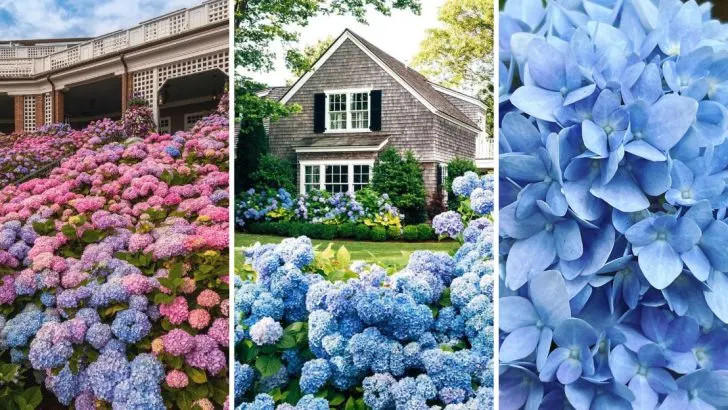Hydrangeas are beloved for their vibrant blooms, but even seasoned gardeners can struggle with their care. While these plants are relatively easy to maintain, there are a few secrets that even the experts may not always share.
From the ideal soil conditions to the best pruning techniques, mastering hydrangea care requires more than just following the basics. Discover 10 lesser-known tips that can help your hydrangeas flourish and continue to impress all season long.
The Soil’s Secret Ingredient
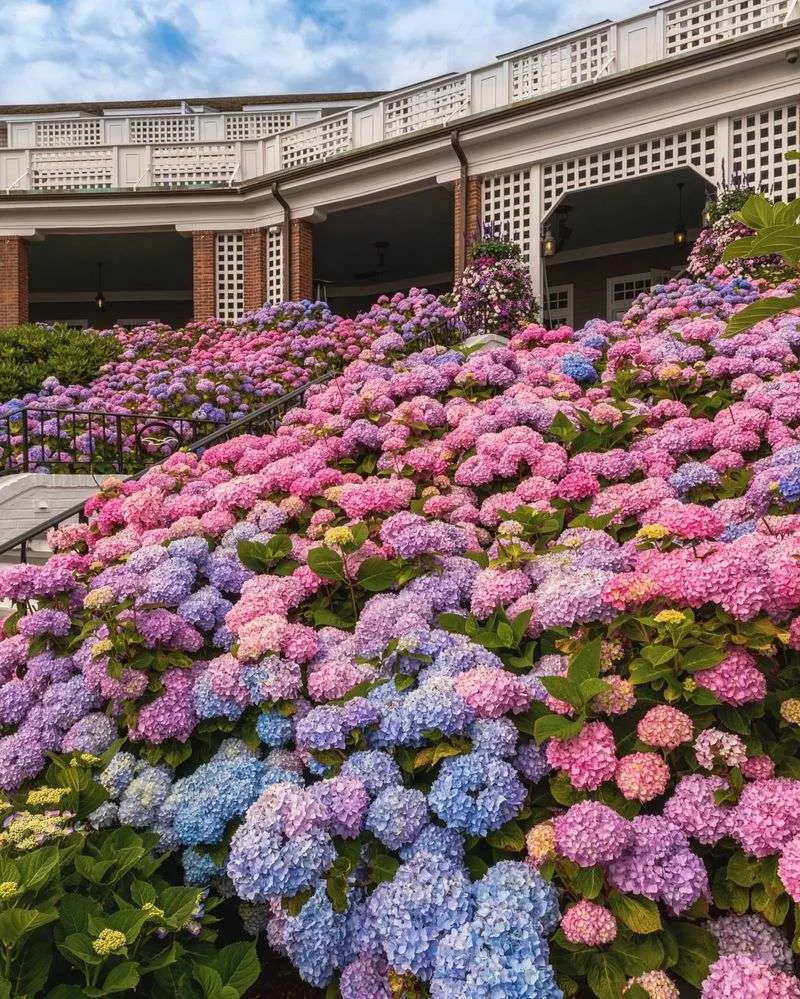
Did you know coffee grounds can be a game-changer for hydrangeas? By incorporating coffee grounds into your soil, you gradually lower its pH, promoting vibrant blue blooms in certain varieties. Two to three times a year, sprinkle used coffee grounds around the base of your plants. This not only enhances the color but also enriches soil nutrients.
A surprising tip for the eco-conscious gardener! Remember, moderation is key – excessive use can harm your plants. Start with small amounts and observe how your hydrangeas respond. You’ll find this simple trick can make all the difference.
Pruning Beyond the Basics
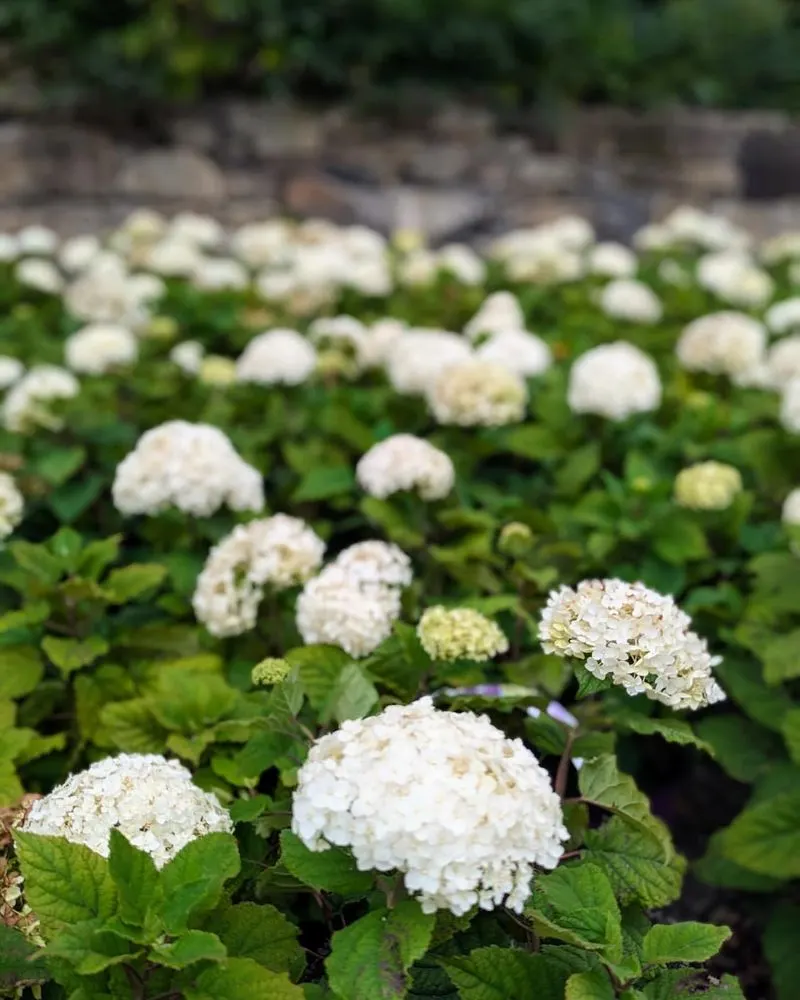
While conventional wisdom suggests pruning hydrangeas after they flower, timing varies by species. For example, pruning mophead hydrangeas in late winter can reduce blooms, yet benefits panicle types. Understanding your plant’s variety is crucial.
Trim away spent flowers and deadwood to encourage healthy growth and shape. This nuanced approach promotes vitality and resilience. Balancing aesthetics and health, skilled pruning can transform your hydrangea’s appearance. Experiment with timing to find what best suits your garden’s needs. This tailored care ensures not just survival but flourishing blooms that captivate and charm.
Watering With Precision

Hydrangeas thrive on consistent moisture but despise soggy roots. Masterful watering involves deep, infrequent sessions rather than shallow daily sprays. This encourages deep root development. Early morning watering reduces evaporation and fungal issues.
Mulching also plays a role, conserving moisture while keeping the root zone cool. Invest in a moisture meter to gauge soil hydration accurately. By tailoring your watering routine, you ensure robust plant health and bloom longevity.
This thoughtful approach prevents common pitfalls and supports your hydrangeas in reaching their full potential. Precision in watering is truly an art worth mastering.
Mulch Matters More
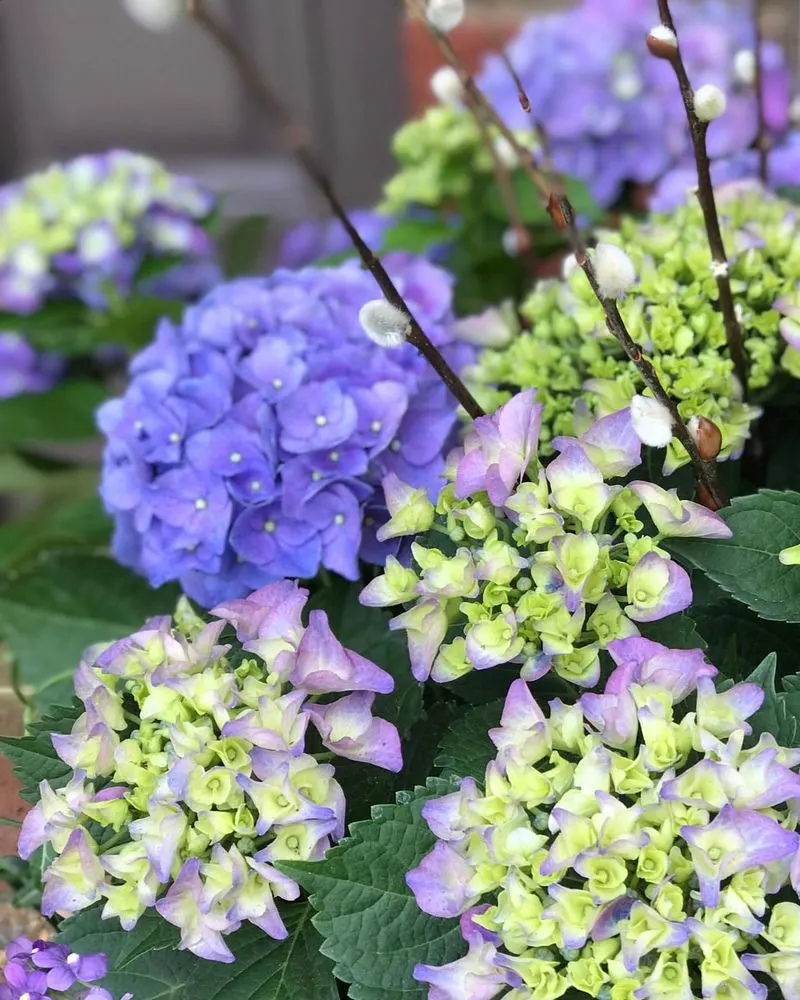
Beyond aesthetics, mulch offers vital protection for your hydrangeas. It stabilizes soil temperature, retains moisture, and suppresses weeds, creating an optimal environment for growth. Organic mulches, like bark or wood chips, slowly decompose, enriching the soil.
Apply a 2-3 inch layer, ensuring it doesn’t touch the plant’s stem to prevent rot. Mulch also acts as a buffer against temperature extremes, shielding roots from harsh conditions. By incorporating mulch into your garden routine, you provide your hydrangeas with a supportive foundation to flourish. It’s a simple yet impactful practice that often goes overlooked.
Fertilizing Finesse
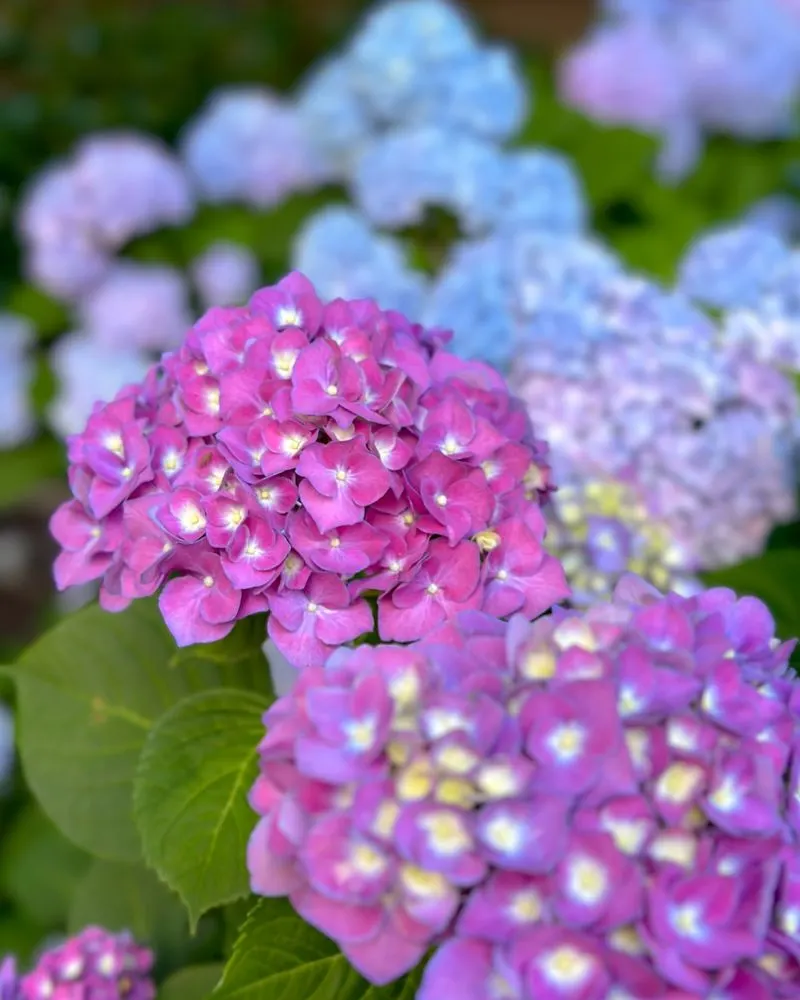
Feeding hydrangeas requires a deft touch. Over-fertilization can lead to lush foliage at the expense of flowers. Opt for a balanced, slow-release fertilizer applied in early spring. Avoid high-nitrogen formulas which prioritize leaf growth over blooms.
Organic options like compost or well-rotted manure offer a gentle nutrient boost. Monitor your plants’ response and adjust as needed. If blooms are sparse, a phosphorus-rich supplement can encourage flowering. Understanding your plants’ nutritional needs ensures they reach their blooming potential. This careful calibration of feeding schedules and types is vital for thriving, beautiful hydrangeas.
The Sunlight Equation

Sunlight needs vary among hydrangea varieties. While many thrive in morning sun and afternoon shade, some endure full sun if adequately watered. Identifying your hydrangea’s type is key to placing them correctly. Too much sun leads to scorched leaves, while insufficient light impacts blooming. Observe your garden’s light patterns and adjust plant locations accordingly.
Consider using shade cloth in overly sunny spots. This strategic positioning enhances plant health and flower production. It’s an often-overlooked aspect of care that significantly influences your hydrangeas’ success. Tailoring sunlight exposure to your plants’ needs makes a profound difference.
Pests and Predators
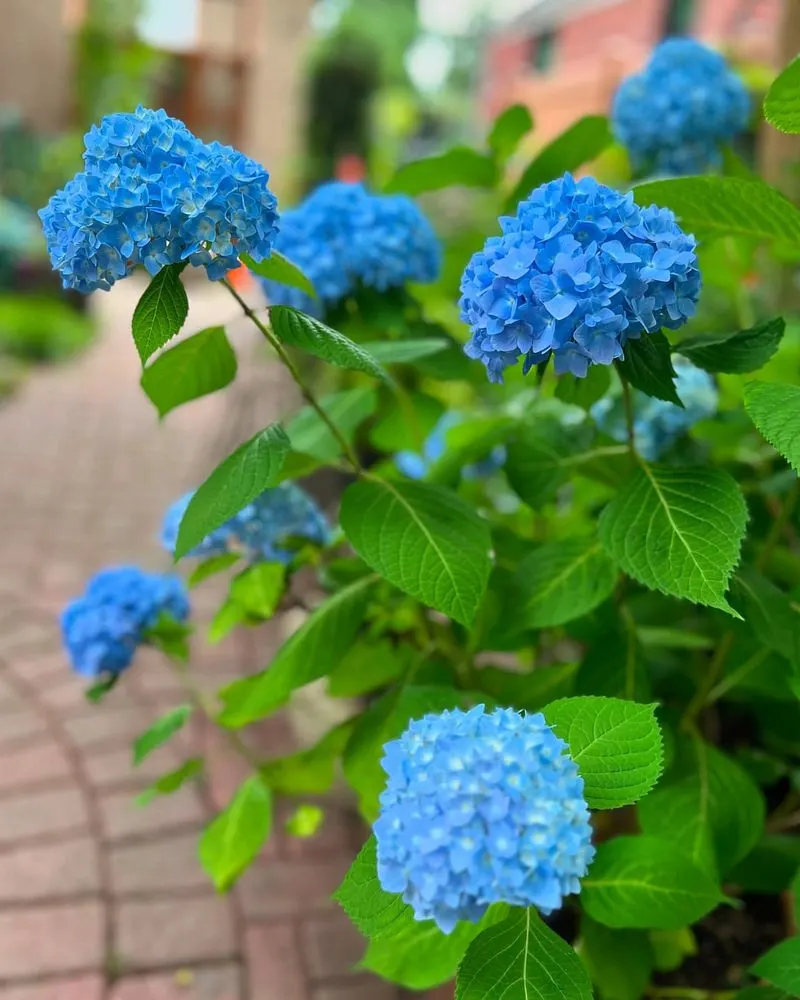
Pests can be hydrangeas’ hidden adversaries. Aphids, spider mites, and snails are common culprits. Regular inspections help catch infestations early. Encourage natural predators like ladybugs or use neem oil as an organic treatment. Maintaining plant health through proper watering and nutrition reduces pest susceptibility.
Companion planting with pest-repellent herbs like mint can offer additional protection. Stay vigilant for telltale signs like discolored leaves or webs. Addressing pest issues promptly prevents damage and preserves your plants’ beauty. An integrated approach combining prevention and treatment ensures your hydrangeas remain vibrant and pest-free.
Winter Protection Strategies
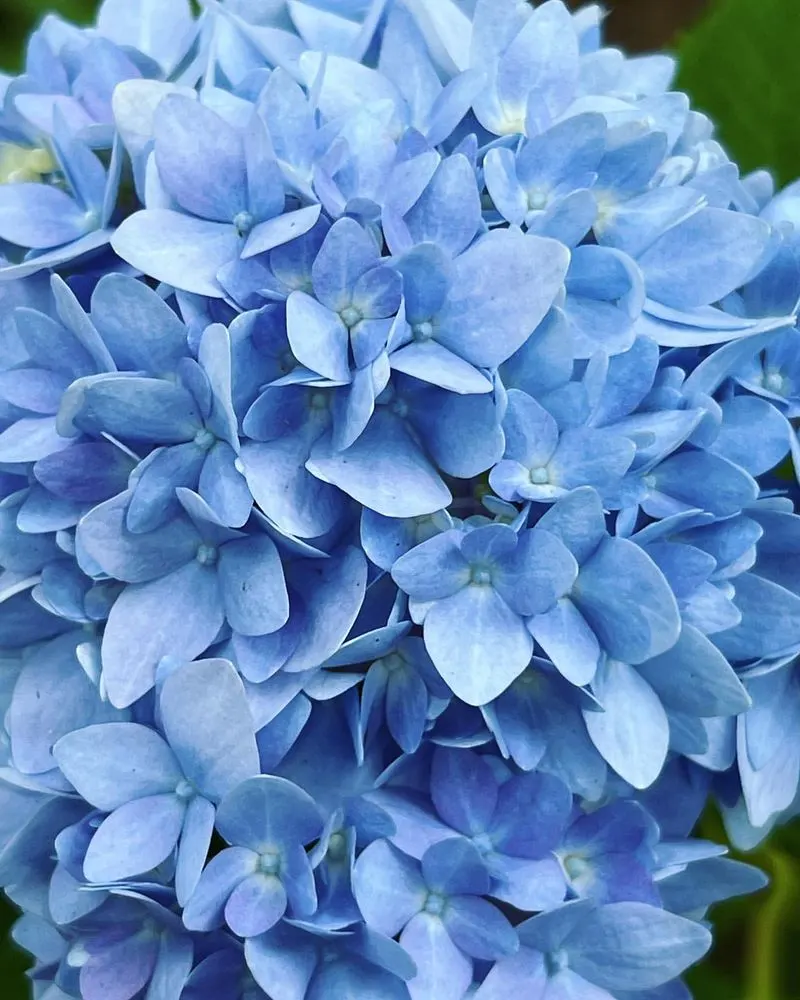
Cold climates require extra care for hydrangeas to survive winter. Insulate roots with a thick layer of mulch and consider burlap wraps for added protection. For potted hydrangeas, relocating them to sheltered areas prevents frost damage. Pay attention to late frosts, which can harm new growth. Pruning in autumn may reduce winter damage by removing weaker branches.
Each of these measures enhances resilience against harsh weather. Adapting your strategy based on your climate’s severity is crucial. This preparation ensures your hydrangeas emerge from winter ready to bloom beautifully when spring arrives.
Transplanting Tips and Tricks

Relocating hydrangeas requires nuanced care to minimize stress. Early spring or fall are ideal transplanting times, avoiding hot summer months. Before transplanting, water the plant thoroughly to ease root extraction. Preserve as much of the root ball as possible and replant at the same soil depth to prevent shock. Water generously post-transplant and maintain consistent moisture.
Mulch aids in stabilizing the new environment. Patience is key; it might take a season for your hydrangeas to adapt. Successfully transplanting these beautiful shrubs requires attention to detail and timing, ensuring they thrive in their new location.
Understanding Bloom Cycles
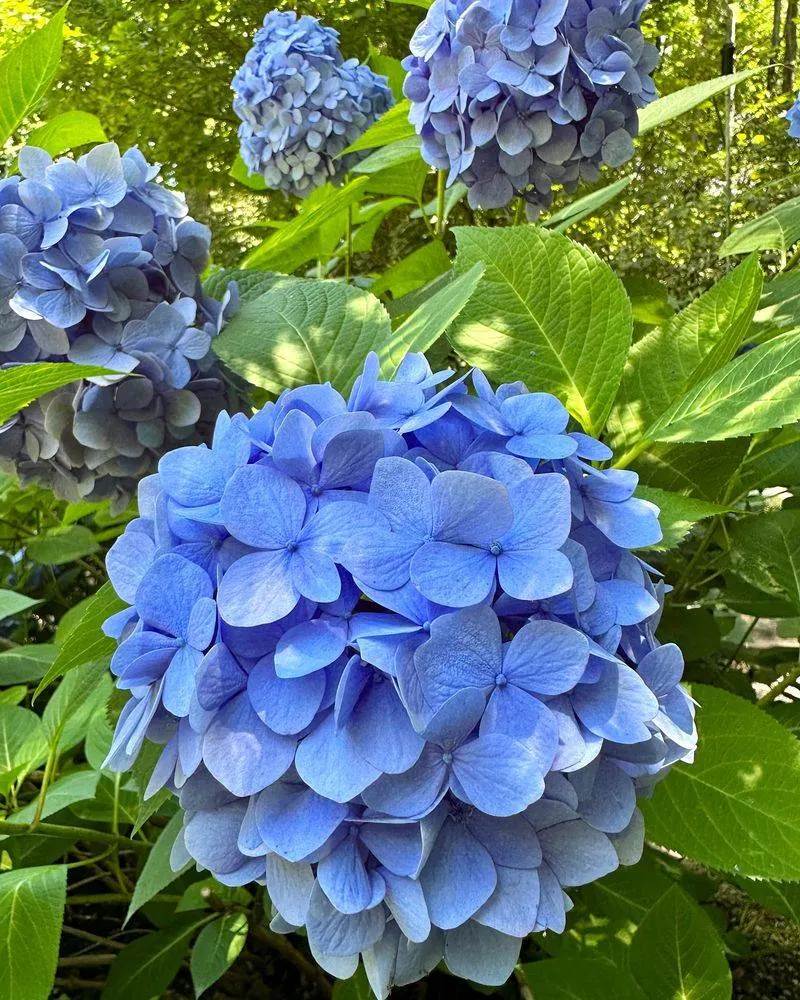
Hydrangeas’ blooming patterns hold fascinating secrets. Some varieties bloom on old wood, others on new, influencing pruning strategies. Knowing your plant’s bloom cycle aids in timing interventions like pruning and feeding. Consider the life cycle when planning garden aesthetics. For prolonged blooming, select varieties with staggered cycles.
This understanding allows you to orchestrate a continuous floral display. Additionally, deadheading spent blooms encourages new growth and tidiness. By embracing the nuances of bloom cycles, you optimize your garden’s visual appeal. This insight reveals how strategic care can enhance your hydrangea’s beauty throughout the seasons.

